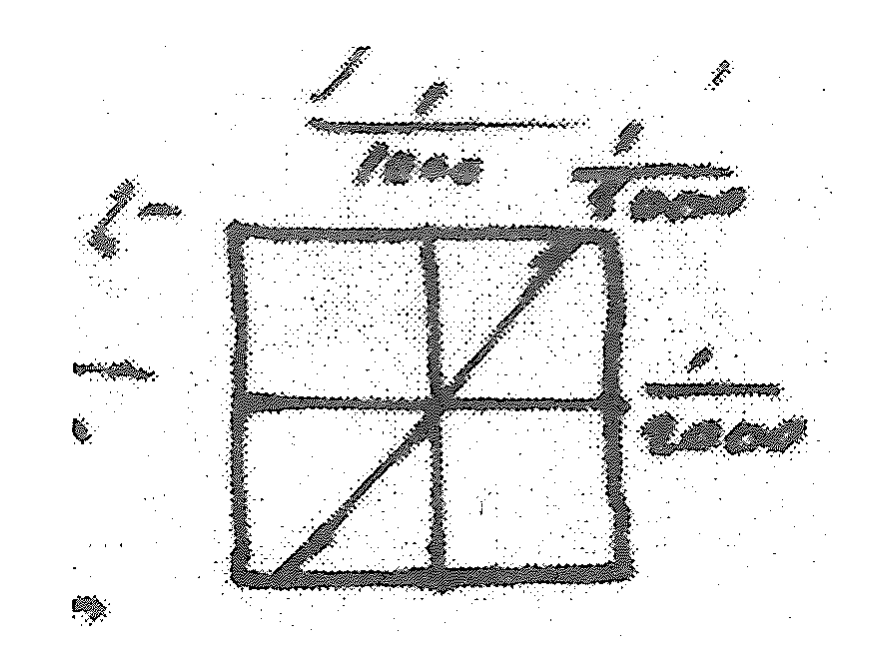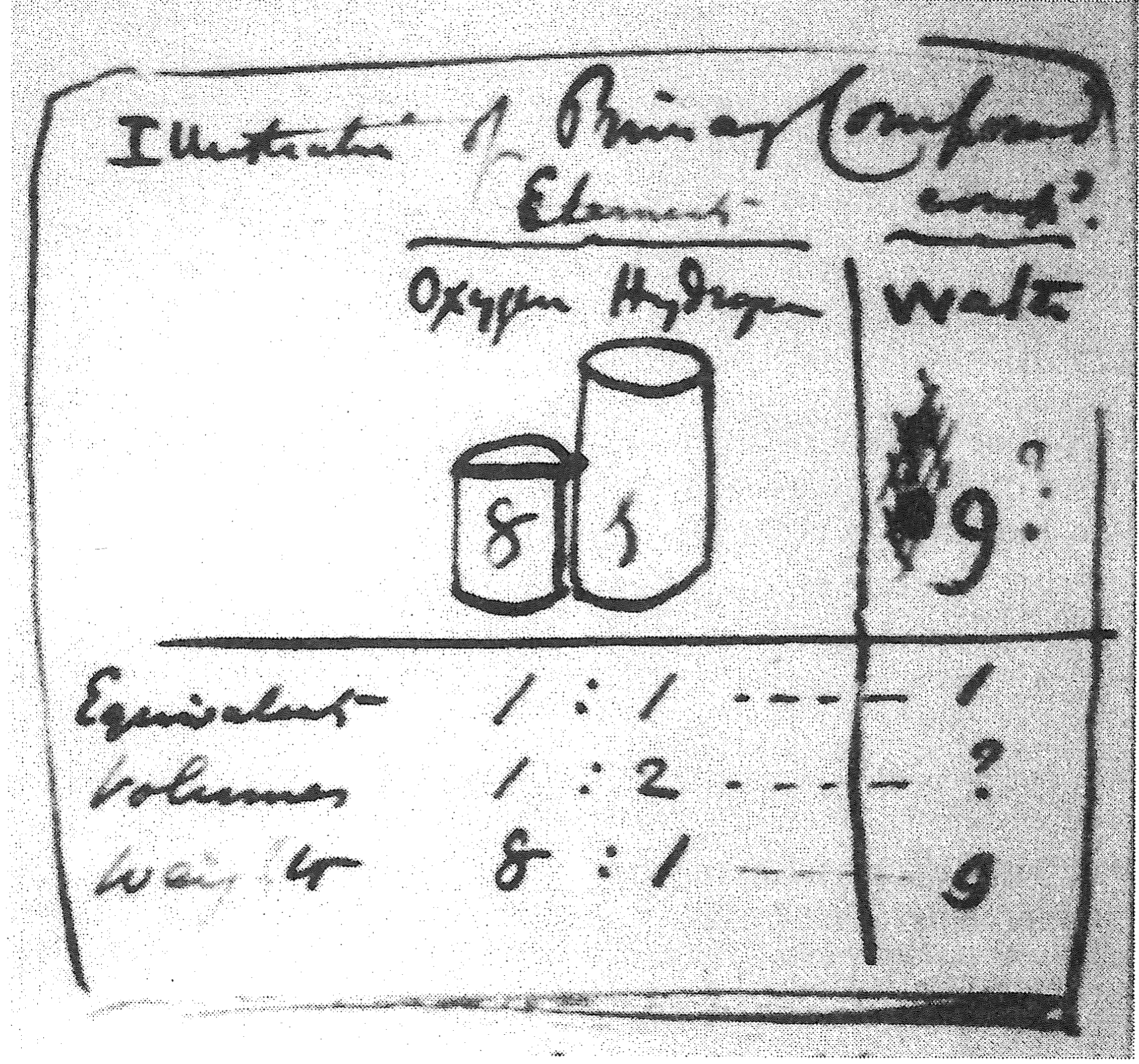John Stevens Henslow to Faraday 21 November 1853
Hitcham | Hadleigh Suffolk | 21 Nov. 1853
My dear Faraday,
I was induced to delay my return till Saturday1 that I might go to Lady Lyell’s2 on Friday evening where I hoped to see several old friends & was not disappointed. I have opened your box of interesting wires3 & shall endeavour to make an illustration by crossing them over a piece

of glass & placing a lens before the centre, which will show the relative thickness better than if they were parallel. Another with hair, spiders web & the copper, may be placed beside it, & a mem. below that platina has been wire-drawn to 1/30,000 inch. I think if I fasten down about 1/4 of inch over the glass, & then apply the nitric acid I need not afterwards, interfere with the finest, to risk the breaking [of] it. Can you (without trouble) tell me the relative bulk of water & that assumed by the oxygen & Hydrogen resulting from its decomposition (at ordinary temperatures)? I want some such illustration as this

One might have spheres instead of cylinders (as 1:2) for the volumes, but the evidence to the eye not so palpable. Don’t trouble yourself to reply if you cannot off hand - I will try to find it out, if it is recorded in any of the few works on chemistry I possess.
Ever sincerely yours | J.S. Henslow
Please cite as “Faraday2757,” in Ɛpsilon: The Michael Faraday Collection accessed on 3 May 2024, https://epsilon.ac.uk/view/faraday/letters/Faraday2757